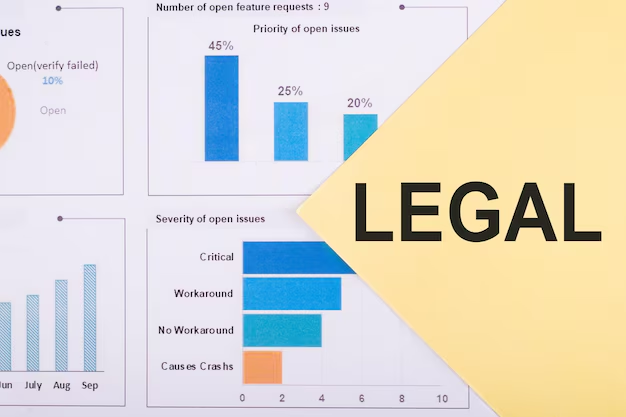Understanding the Differences Between SIMPLE IRA and Traditional IRA
When planning for retirement, choosing the right savings vehicle can make a big difference in your financial future. While both SIMPLE and Traditional IRAs offer tax advantages, they are not the same and cater to different needs. Let’s explore the unique features of each and how they fit into your retirement planning strategy.
SIMPLE IRA Explained
A SIMPLE IRA (Savings Incentive Match Plan for Employees) is a retirement plan targeted at small businesses and self-employed individuals. Here's a look into its characteristics:
Employer Contributions: Employers are required to contribute. They can choose between a matching contribution of up to 3% of the employee’s compensation or a flat 2% non-elective contribution for all eligible employees.
Employee Contributions: Employees can contribute a portion of their salary to their SIMPLE IRA, which reduces their taxable income. The contribution limits tend to be lower than those of a 401(k) but higher than a Traditional IRA.
Simplicity: The plan is easy to establish and maintain, making it attractive for small business owners.
Traditional IRA Overview
A Traditional IRA is an individual retirement account that offers tax-deferred growth on your investments:
Contribution Limits: Contribution limits are uniform and not influenced by whether you are employed by a large corporation or a small business. Contributions are often made from post-tax income and may be deductible.
Tax Advantages: Contributions may be tax-deductible, depending on your income level and participation in other retirement plans. The earnings grow tax-deferred, which can be beneficial for compounding over time.
Flexibility: Traditional IRAs do not require employer involvement, which means anyone with earned income can start and contribute to one.
How They Differ
Employer Involvement: This is one of the most significant differences. SIMPLE IRAs require employer contributions, whereas Traditional IRAs do not.
Contribution Limits: SIMPLE IRAs generally allow for higher employee contribution limits compared to Traditional IRAs, but lower than other employer-sponsored plans like 401(k)s.
Plan Complexity: SIMPLE IRAs might require more paperwork due to employer involvement, whereas Traditional IRAs offer straightforward opening procedures.
Understanding these differences is crucial for making an informed decision about which account suits your retirement goals. For self-employed individuals or small business employees, a SIMPLE IRA might be ideal, while a Traditional IRA fits those wanting more control without employer interaction.
Exploring Financial Tools Beyond Retirement Planning
Retirement accounts are a piece of the financial planning puzzle. There are numerous financial assistance programs available that can complement your retirement savings, support educational pursuits, and manage debts effectively.
Here's a handy reference to some of these tools:
Debt Relief Options:
- 🏦 Debt Consolidation Loans: Combine multiple debts into a single payment with potentially lower interest rates.
- 🔄 Debt Management Plans: Professional guidance to negotiate lower interest rates and fees.
Credit Solutions:
- 💳 Credit Counseling: Get advice on managing and reducing your credit card debt.
- 📈 Credit Repair Services: Assistance in improving your credit score by correcting inaccuracies.
Government Aid Programs:
- 🍽️ SNAP (Supplemental Nutrition Assistance Program): Provides nutritional support to eligible low-income families.
- 🏠 HUD Housing Assistance: Access to affordable housing solutions and subsidies.
Educational Opportunities:
- 🎓 Pell Grants: Financial aid for low-income undergraduate students.
- 📚 FAFSA (Free Application for Federal Student Aid): Determines your eligibility for federal student aid.
Choosing the right retirement account is essential, but so is being informed about other financial tools that can enhance your overall financial health. Always remember to consult with financial advisors to ensure these strategies align with your personal goals and circumstances.

- Is Employer Match For Simple Ira Subject To Fica
- How To Allocate Fidelity Simple Ira Contributions
- Is Simple Ira Same As Traditional
- Is Simple Ira Pre Tax
- Can You Roll a 401k Into a Simple Ira
- Are Simple Ira Contributions Tax Deductible
- Is a Traditional Ira The Same As a Simple Ira
- How Does a Simple Ira Work
- Is a Simple Ira The Same As a Traditional Ira
- Is a Simple Ira a Traditional Ira